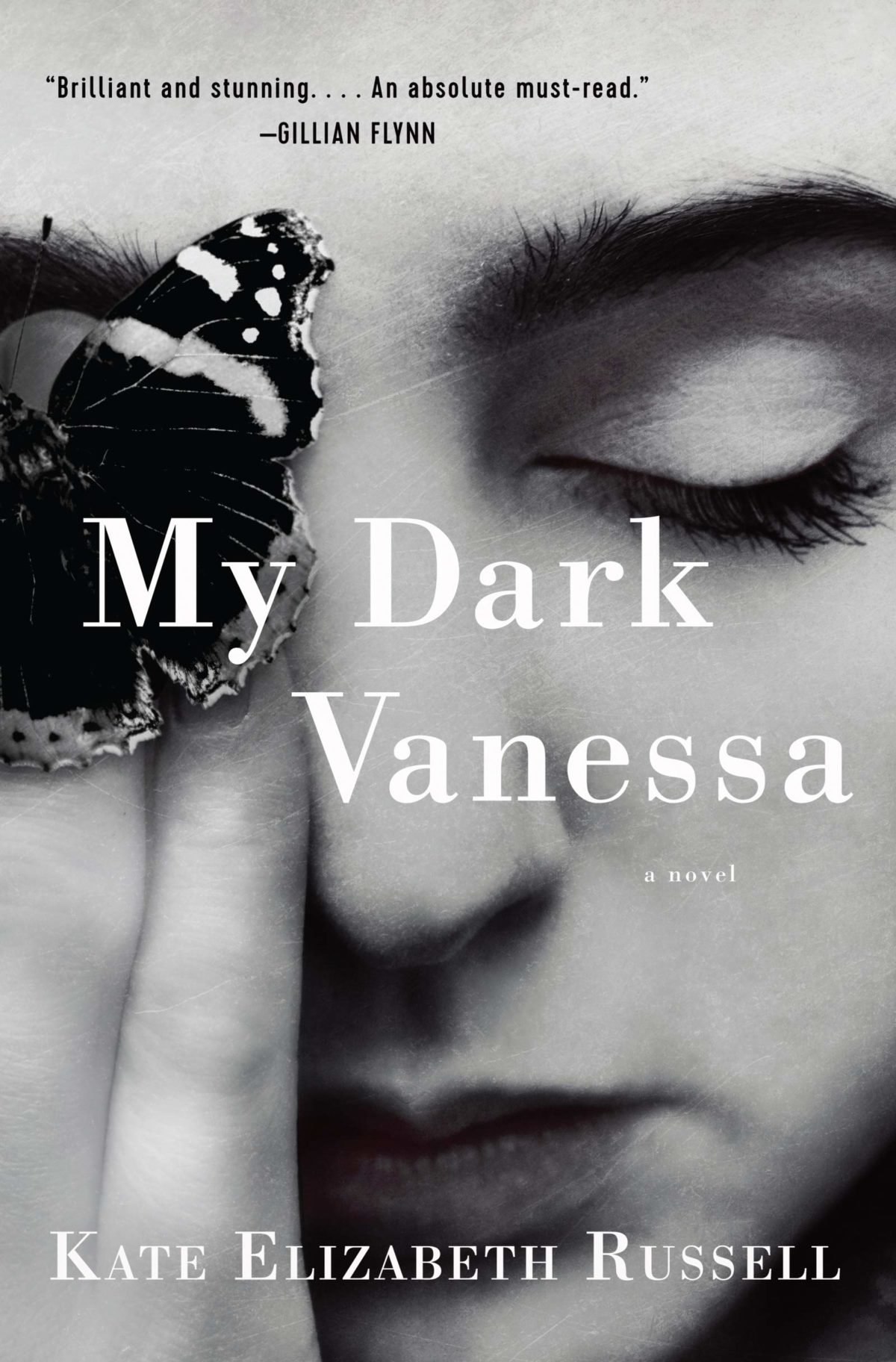by Adult Services Library Associate Beth
So you’ve just finished reading The Yellow House by Sarah M. Broom, and wonder, “What’s next?” Well, first things first: register for one of the BPL Virtual Book Club discussions, scheduled for August 12th at 7pm and August 15th at 11:30am! Also, be sure to check out the BPL-hosted lecture and discussion with Dr. Hasan Kwame Jeffries of OSU about the intersections of race, class, and Hurricane Katrina. Find this recorded discussion on our Facebook page, YouTube, or the audio version on Podbean.
And after that, if you’re interested in further exploring some of the themes and topics discussed in the book, check out this short list of recommended things to read, watch and listen to. Note that this list includes only things from my own media bubble that I have read, etc., so it is in no way comprehensive. Further, there are many, many other themes this does not cover (issues such as environmental racism/classism and gentrification, just to name a few), so it barely even scratches the surface. But, as always, you can ask BPL librarians for more recommendations on these and related topics!
Housing
“The case of the Willow Street house did not come up again, but I continue to think of it as strange irony for Mom who, of all the things she ever desired, wanted to make a new world with Ivory Mae rules. That is what it meant for her to own a house.”
Sarah M. Broom, The Yellow House
“It was clear that the French Quarter and its surrounds was the epicenter. In a city that care supposedly forgot, it was one of the spots where care had been taken, where the money was spent. Those tourists passing through were the people and the stories deemed to matter.”
Sarah M. Broom, The Yellow House
- Evicted: Poverty and Profit in the American City by Matthew Desmond
- Evicted follows eight families in Milwaukee in their struggle to maintain housing. Desmond explores how a single eviction keeps individuals and families caught in a vicious cycle of poverty, exploitation and insecure housing.
- The Florida Project
- The way Broom writes about the New Orleans French Quarter, a section of the city known for revelry and overabundance, reminded me so much of Sean Baker’s film, as it examines poverty and homelessness in the shadow of Disney World.
- “The Lost Homes of Detroit” (Reveal Podcast)
- Told in the intersection of race and class, this podcast episode discusses the foreclosure crisis in the aftermath of the 2008 recession in Detroit, Michigan. Investigators discover that hundreds of millions of dollars of property taxes that were charged to homeowners (for which, the failure to pay resulted in these foreclosures), shouldn’t have been charged in the first place. The podcast forces us to confront what mass foreclosure does not only to the individuals who lose their homes, but also how a community can survive in its wake.
The Storm and the Aftermath
“The government-funded Road Home, intended as a path back into lost homes for the displaced, was frozen in bureaucracy amid heated debates and politicizing about which areas of the city were worth rebuilding.”
Sarah M. Broom, The Yellow House
- The Storm; The Old Man and the Storm; Law & Disorder
- This collection of Frontline documentaries cover, respectively, the governmental response leading up to and in the immediate aftermath of Katrina, one elderly man’s determination in rebuilding his home after it was destroyed in the storm, and police misconduct in the midst of the chaos.
- Business of Disaster
- Frontline’s (if you couldn’t already tell, I love Frontline) investigation into FEMA’s flood protection insurance system explores the profits involved in the insurance system and the failures of the NYC post- Hurricane Sandy ‘Build It Back’ program – a program similar to the Road Home program to rebuild homes destroyed in Katrina.
Levees and Flooding
“This story, that the levees were blown, the poorest used as sacrificial lambs, would survive and be revived through the generations.”
Sarah M. Broom, The Yellow House
The following explore the politics, failures, and inequities of levee systems across cities in Missouri and Illinois. The last article also explores how climate change, by contributing to rising sea levels and the loss of wetlands in Louisiana, will mean increasing the frequency and destructive capacity of flooding.
- “The Inequality of America’s Levee Systems” (Mother Jones)
- “How the Army Corps’ Hesitation Nearly Destroyed a City” (ProPublica/Reveal)
- “Flood Thy Neighbor” (Reveal Podcast)
- “What It’s Like to Live in a City that’s Slowly Drowning” (VICE)
What would you recommend to fellow readers of The Yellow House? Leave a comment on the social media post to share with the library community!
